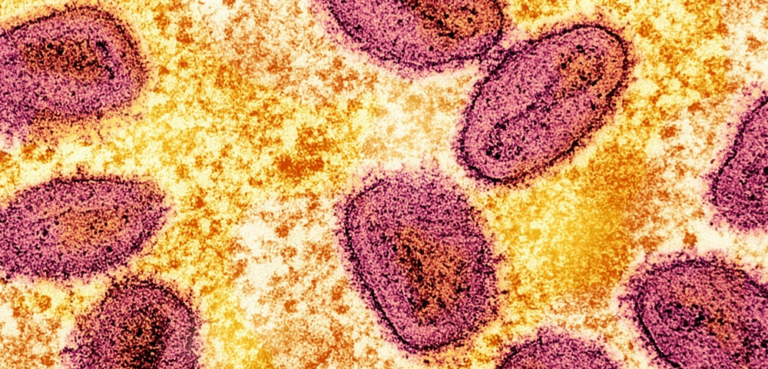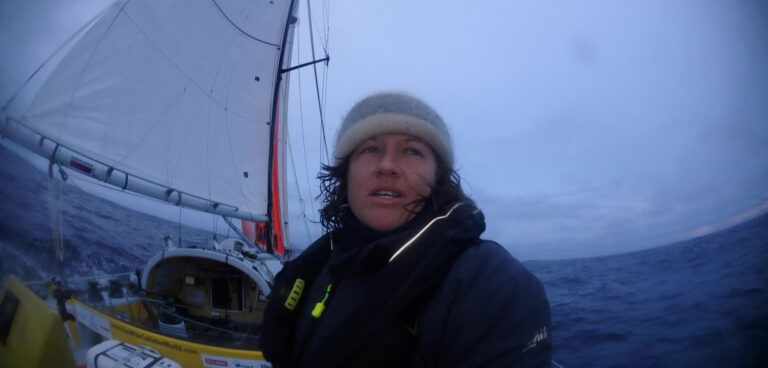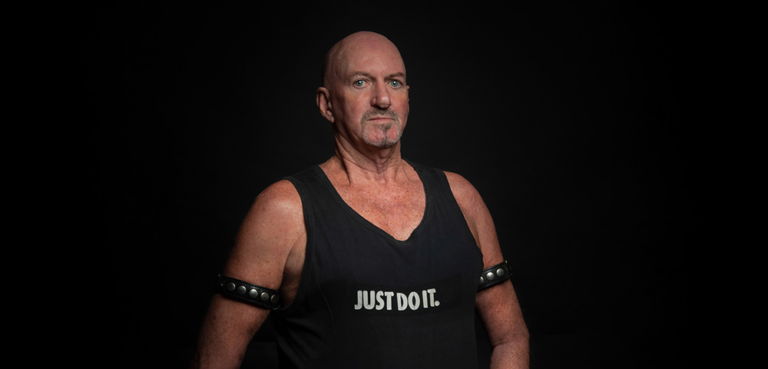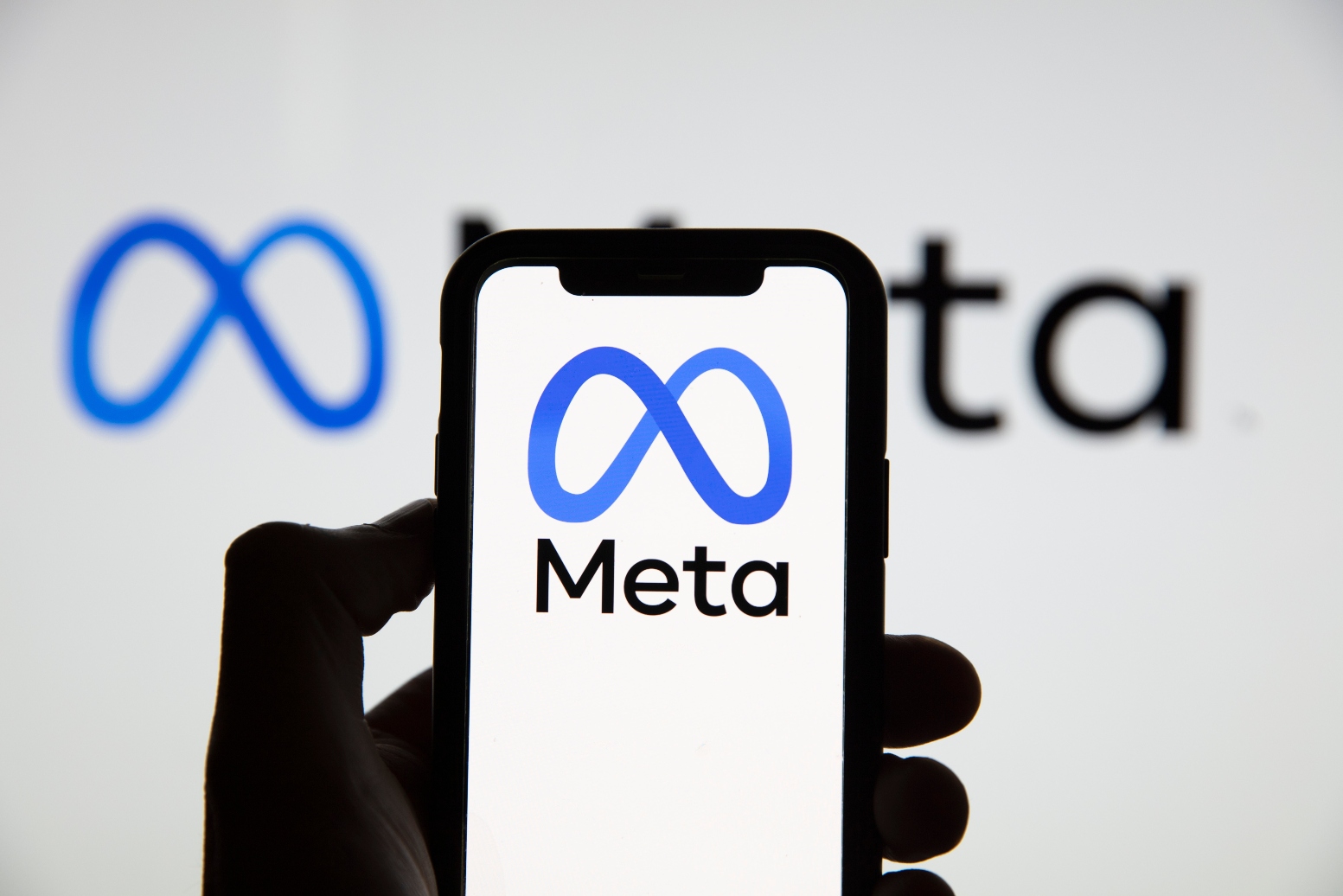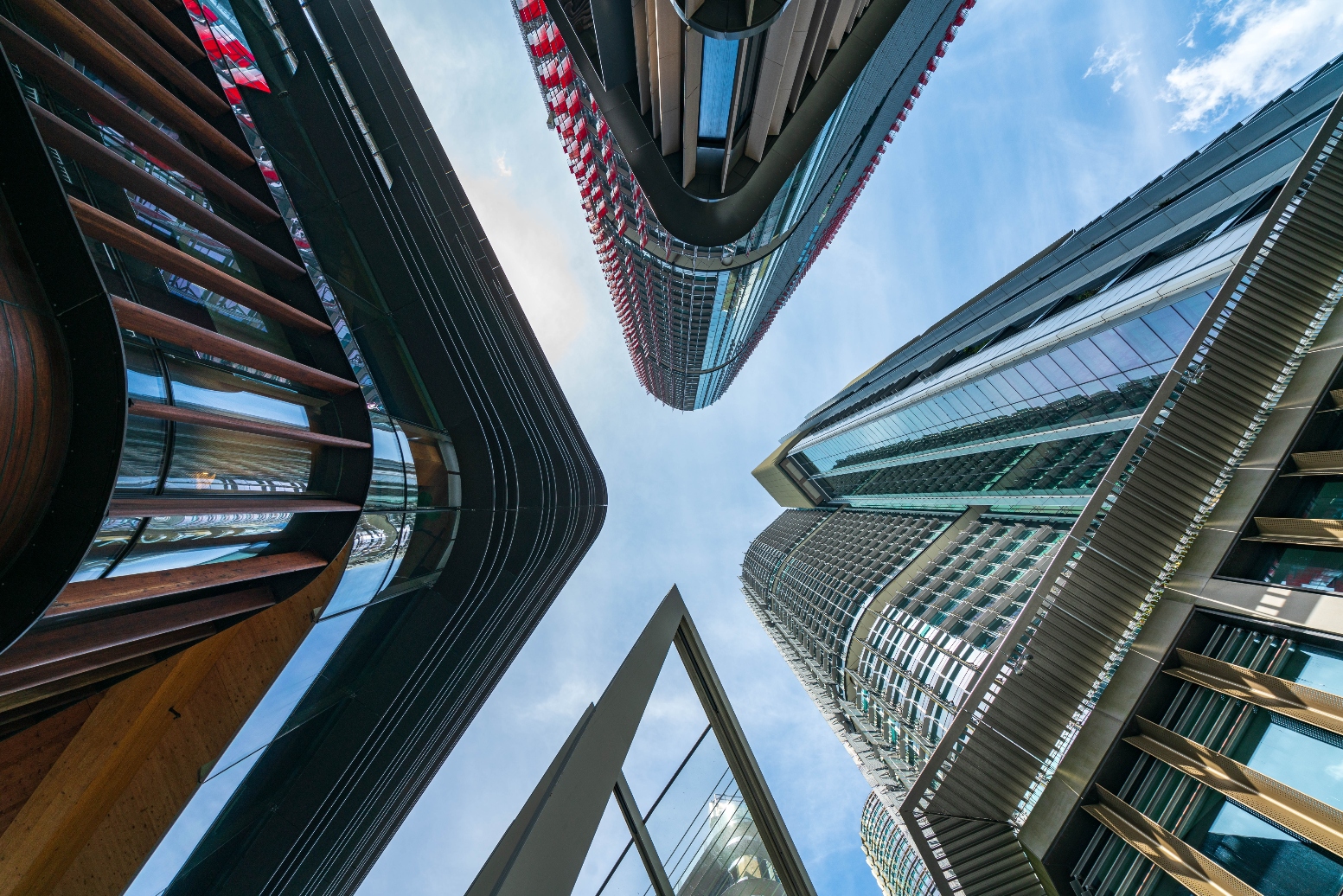
FEATURE: Sydney’s First Dispensary

by GRACE JOHNSON
With medicinal cannabis being prescribed at higher rates than ever, are we moving towards full legalisation?
Any day now, Sydney will welcome its first in-person cannabis dispensary.
With Mardi Gras celebrations fast approaching, MiDispensary will officially open its doors to the public, as soon as they receive pharmacy guild approval.
Located on the southern side of Oxford Street in Bondi Junction, amidst bustling cafes, lively shopfronts and residential apartments, the dispensary will be the first clinic in Australia to offer face-to-face consultations with an on-site pharmacy specialising in cannabis products.
Their GPs only prescribe medicinal cannabis, and the pharmacy only dispenses medicinal cannabis products through a range of mediums – capsules, chewables, creams, crystals, flowers, lozenges, oils, sprays, and more. Consultations can be bulk billed through Medicare. Follow-ups are generally carried out at one-, three-, six- and twelve-month intervals to ensure optimal results.
MiDispensary first opened in June 2021 for telehealth consultations with the mission of reducing the difficulties in accessing plant-based medicines. But behind the store concept is co-founder Eidan Havas, who embarked on the journey of creating his own face-to-face clinic and storefront after his own experiences with medicinal cannabis.
Havas, who has defended some interesting characters like prison helicopter escapee John Killick and former Auburn deputy mayor Salim Mehajer in his day job as a criminal lawyer, described to City Hub how he first got into cannabis in 2019.
“I was arrested very much publicly for a crime that I was innocent of. As a result of that arrest, I suffered significant mental health issues,” Havas said. “I subsequently commenced proceedings against the state of New South Wales that got settled out of court. But my mental health issues were treated by medicinal cannabis.”
“It really changed my life,” he continued. “I was a patient at a clinic, and I saw firsthand the issues with accessibility. And so I’ve ventured on this journey to open up a clinic that, in essence had a one-stop shop.”
The clinic enables patients to get quality treatment in-person, as well as access to medication on the spot.

“Normally everything is done via telehealth, where you’re just pushed on through fifteen-minute appointments. Then you’re forced to go to a certain pharmacy, and most pharmacies are not local. Then you order your prescription and wait a couple days for it to arrive,” he says.
“Also, most community pharmacies aren’t going to keep stock because it expires, and they don’t know if someone will actually come get it.”
Since the legalisation of medicinal cannabis in 2016, more than a million prescriptions have been issued.
There’s been a steady increase too, according to numbers from the Therapeutic Goods Administration (TGA). In 2018, doctors prescribed the drug to just 292 people.
By 2021, this had jumped to 150,117. In 2022, this more than doubled – 316,879 people got prescriptions for medicinal cannabis.

Clearly, there is a rocketing demand from patients. But could the numbers also indicate a growing acceptance of medicinal cannabis as a legitimate form of medicine?
Martin Lane, co-founder of Cannabiz, told City Hub, “The growth of the medical market in Australia is likely to normalise the conversation around cannabis use, at least among the general public, who have either used and benefited from it, or know someone who has.”
Dr Llew Mills, a drug and alcohol researcher with the University of Sydney Medical School, agreed.
“More and more people seem to accept that using it is no worse than alcohol and certainly not as serious as amphetamines or opioids,” he told City Hub.
“Cannabis has long been associated with counterculture so opinions will always vary, but I think that generally people are less inclined to see it as the devil than they used to.”
Since the laws changed, and especially in recent years, access to medicinal cannabis has become much simpler. Though some pharmacies, such as Fords Discount Pharmacy on King Street in Newtown, display signs for plant-based medicine, not everyone knows how to legally access the drug. Clinics have certainly streamlined the process, but Havas is hopeful that once people start seeing dispensaries on the street, society will become more open to medicinal cannabis and that there will be even fewer barriers to access.
“It’s illegal to advertise – it’s against the TGA rules – but once we have a MiDispensary on every corner, people will start asking questions, they may pop in, they may get assessed and try it,” Havas told City Hub.
“But because we don’t have any clinics and pharmacies that have opened up, we’re behind the eight ball on that. So the public hasn’t been able to recognise this as a potential treatment. It’s just word of mouth.”
According to Havas, we can expect to see a significant number of clinics and pharmacies opening up over the next few years. MiDispensary has already secured another location in Newcastle, which should be ready to go in six months.
“The next locations we’re looking at are Wollongong and Fairfield.”
The medicinal cannabis industry is currently worth about $230 million but with great economic potential – Havas said the industry could be worth five billion in the next five years. There’s also potential for domestic and export markets, and thousands of jobs created in the process of supporting that growth.
The criminalisation of cannabis costs Australia massively. A study from 2022 found that since 2010, more than 90 per cent of the 700,000 cannabis-related offences across Australia were for personal use or possession.
That study by the Penington Institute, a public health non-profit based in Melbourne, found that the cost of enforcement is enormous. In the 2015-2016 financial year alone, more than $1.7 billion was spent on enforcement.
Most of the money ($1.1 billion) went to prisons, many being private businesses. $475 million was spent on policing the drug, and the rest on litigating matters in court, and legal aid and prosecution.
Last year the Greens said that the legalisation of cannabis, according to figures obtained from the Parliamentary Budget Office, would general more than $28 billion in government revenue in the first decade after legalisation.
“This comes from GST, company tax and a 15% cannabis sales tax,” the statement reads. “With a 25% cannabis sales tax the revenue would surge to over $36 billion.”
The $26 billion generated from legalised cannabis would allow the government to “undertake serious social justice measures”, such as raising the rate of Job Seeker and Youth Allowance payments by $80 a fortnight, or building more than 88,000 additional public housing units over the next decade, giving a quarter of a million people a home.
Greens Senator and Justice Spokesperson David Shoebridge said, “We know that legalising cannabis reduces harm by keeping people out of the criminal justice system, this report shows how it will also bring in tens of billions of dollars of public revenue as well.
“When we legalise cannabis we take billions away from organised crime, police and the criminal justice system and we can then spend it on schools, housing, hospitals and social support.”
Jeremy Buckingham MLC, from the Legalise Cannabis party, described criminalisation as “a wasteful, pointless, and unsuccessful war on cannabis.”
In conversation with City Hub, he also said that drug laws, and cannabis laws in particular, have long been used to police First Nations people.

Between 2013 and 2017, the NSW Bureau of Crime Statistics and Research found that NSW Police pursued 80 per cent of Indigenous people found with small amounts of cannabis through the courts, compared to 50 per cent for the non-Indigenous population.
Only 11 per cent of Indigenous people caught by police were issued with cautions, compared with 40 per cent of non-Indigenous people, often trapping young Aboriginal people into a justice system they might never get out of.
Recent years have also seen outrage over the use of sniffer dogs at Mardi Gras celebrations, which often leads to arrests over tiny amounts of cannabis. Last year, NSW Greens Senator David Shoebridge said, “The war on drugs disproportionately targets the LGBTIQA+ community and always has.”
The targeting of vulnerable populations over minor cannabis-related offences in turn continues to feed money to the criminal justice system and policing.
In 1996, California became the first state to legalise the medical use of cannabis under the Compassionate Use Act. Twenty years later in 2016, California fully legalised marijuana in their efforts to cripple illegal operators as well as reduce cannabis-related criminal penalties, which were similarly abundant with racial injustices.
Havas, who is from Miami, Florida, and grew up in America, discussed the steps to legalisation in California.
“When California legalised cannabis for medical purposes in 1996, people were outraged that you could get a prescription and not see a doctor, because it’s all done by telehealth,” he said.
“As time progressed, people saw that the use of cannabis didn’t increase crime or deaths on roads.”
“Then they became open to it recreationally, and their market developed like that.”
“I don’t think we’ll be legalised recreationally anytime soon, but the point is, if you go to California now, you’ll see a dispensary on every corner.”
Buckingham said, “What we’ve seen in most jurisdictions is a transition from prohibition to medicinal cannabis to recreational cannabis.”
“We’ve seen that in the United States, where now nearly thirty states have medicinal then recreational cannabis. The same has occurred in places in Mexico, Thailand, the EU and Canada.”
Medicinal cannabis is the first step then towards legalised recreational use.
But what might our society look like if cannabis use is legalised?
“I see less people in jail,” said Buckingham. “Less First Nations people in the criminal justice system. And I see thousands of jobs and economic development and revenue.”
